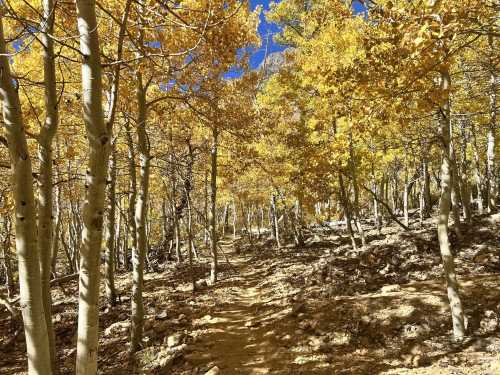The words “Southern California” and “volcano” or “crater” are not often heard together. In fact, we bet most people living here now don’t know that we have such a thing here. But, in fact, hiding in plain sight, there is a volcano in the Mojave Desert. And at one time, this natural wonder was actually a popular roadside attraction.
Amboy Crater is what is referred to as a cinder cone volcano in the Mojave Desert. It is almost perfectly symmetrical, measuring 1,500 feet across and 250 feet high.
The cone itself, formed from ash and cinders, was created by a series of volcanic eruptions which resulted in four nested craters within the cone. Most recent dating has placed the age of the crater, and the lava flows around it, to the Pleistocene Era - nearly 80,000 years old -- with the latest eruption thought to be approximately 10,000 years ago. It is considered quite young as far as volcanoes go.
From the parking and day use area, it is a walk of just over one mile to reach the crater, which is about one mile in circumference.
If you are up for a good hike, plan on two to three hours to hike to complete the Amboy Crater trail which will take you to the base, into the crater, and up to and around the rim of the cone. Make sure to bring plenty of water as it can be fairly challenging and there is no shade.
From the rim of the cone, you can see the lava lakes and individual craters nested inside the cone. On the west side, the crater wall was breached during at least one explosive eruption, resulting in a wide lava flow that spreads from it.
The area of the lava flow appears light in color, due partly to desert sand which has blown through the area and settled in the nooks and depressions in the rock. As you look closer, there are various colors, including red which indicates iron in the stone.
Due to its location along the once heavily traversed U.S. Route 66 (you can see it from the road!), Amboy Crater was a popular stop for years, from approximately the 1920s to the 1960s.
Once Interstate 40 opened to the north, and travelers no longer just happened upon the site, it became far less known and rarely visited.
You don’t have to hike at all to get a good look at the crater. Not far from the day-use area, there is an ADA-accessible shaded viewing platform with a perfect view.
Another surprising wonder is the sheer volume of wildflowers that come up between the lava rock and cover vast areas of this desert landscape with contrasting colors in the spring.
Spring is really a wonderful time to visit, especially since the desert temperatures from May through September can be prohibitive and are not recommended for hiking in the area.
Amboy Crater was designated as a National Natural Landmark in 1973.
Did you know about the volcanic in Southern California’s Mojave Desert? Have you ever seen Amboy Crater up close? We would love to hear about it! Check out another of the Mojave Desert’s amazing natural wonders, Kelso Dunes.
Subscribe to our newsletter
Get the latest updates and news
Thank you for subscribing!





















